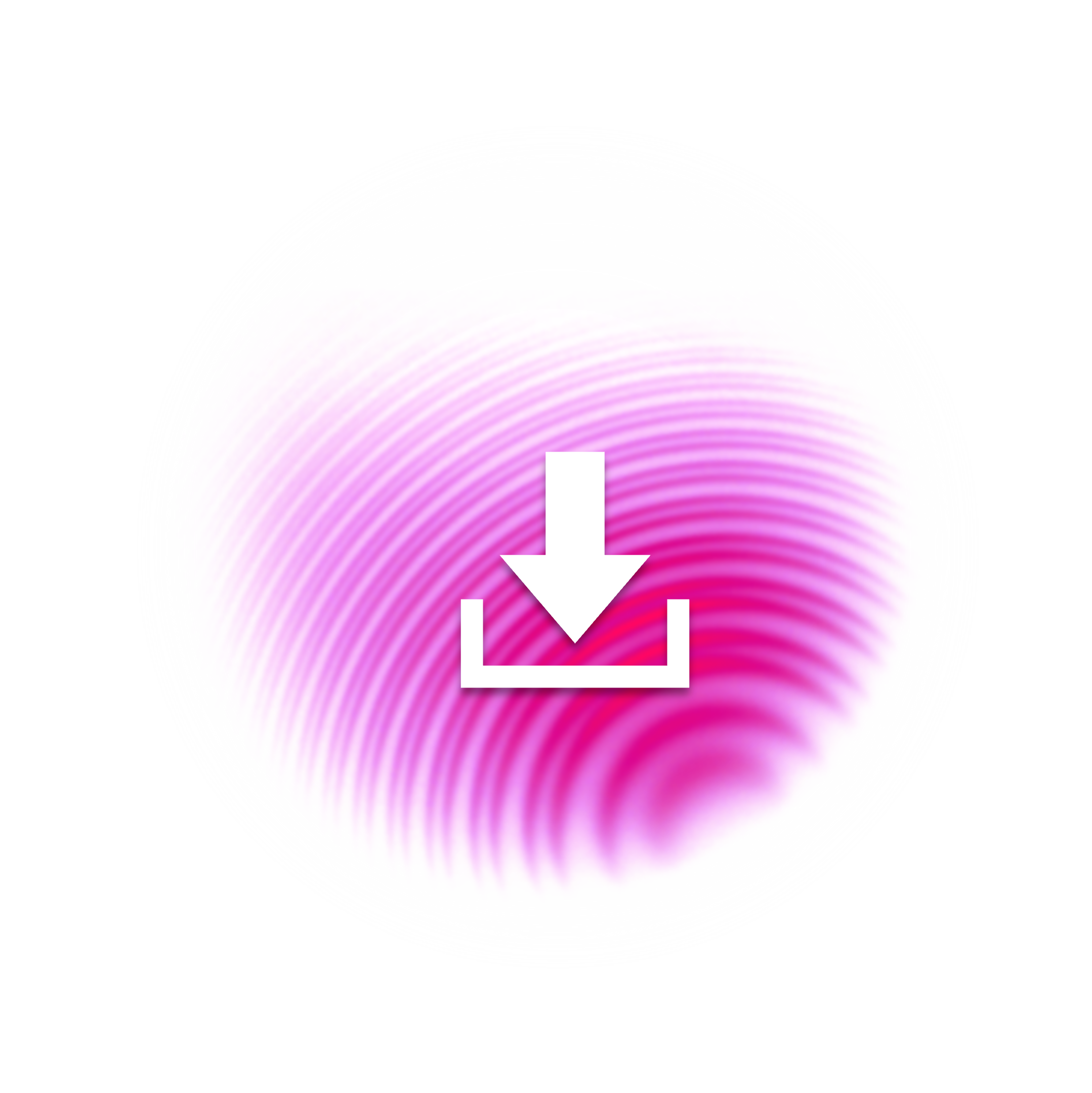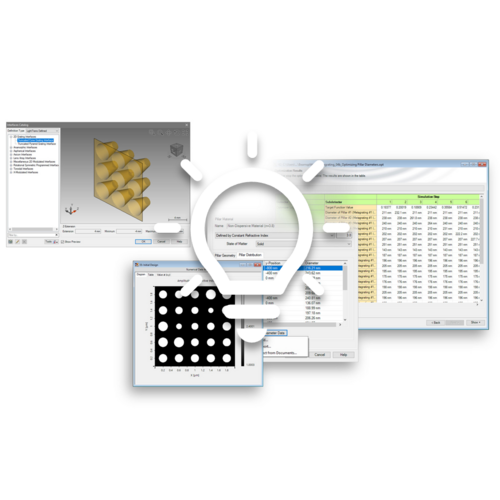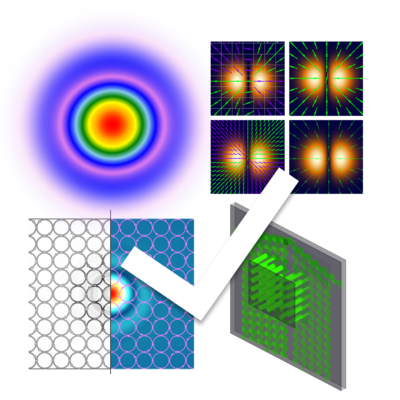
The VirtualLab Fusion Product Family
We differentiate between the multiscale optical simulation and design software VirtualLab Fusion as the platform,
and additional packages, which can be combined to suit your needs.
Capabilities of VirtualLab Fusion’s Core Functionality
While many software solutions can handle classical optical elements such as lenses,
mirrors, and prisms, VirtualLab Fusion not only matches these capabilities but surpasses them, offering advanced features that make it truly unique.
What sets VirtualLab Fusion apart is its ability to go beyond traditional ray optics, providing unparalleled precision in areas where conventional tools fall short.
- Advanced Modeling of Diffraction Effects
Precisely simulates diffraction, making it ideal for designing optical systems involving lasers, fiber coupling, apertures, and other diffraction-sensitive components.
- Accurate Analysis of Coherence and Interference
VirtualLab Fusion provides powerful tools for developing systems such as interferometers, optical coherence tomography, and imaging applications that rely on wave-optical effects.
- High-Precision Polarization Simulation
Enables the design of optical systems where polarization control is critical, such as optical sensors, metrology setups, and other advanced applications.
- Seamless Integration of Multiple Optical Effects
VirtualLab Fusion allows for the simultaneous consideration of diffraction, coherence, interference, and polarization, ensuring a comprehensive approach to optical system design.
VirtualLab Fusion’s Packages
Advantages
The platform, which includes both classical optical design tools and advanced diffraction, coherence, and polarization modeling capabilities, can be further expanded with seven specialized packages.
- Customization
Tailor the software to your specific needs by adding only relevant packages.
- Cost Efficiency
Purchase only the features you need, avoiding unnecessary expenses.
- Scalability
Expand capabilities seamlessly as your project scope or focus evolves.
- Specialized Tools
Access advanced features optimized for particular fields of optic design.
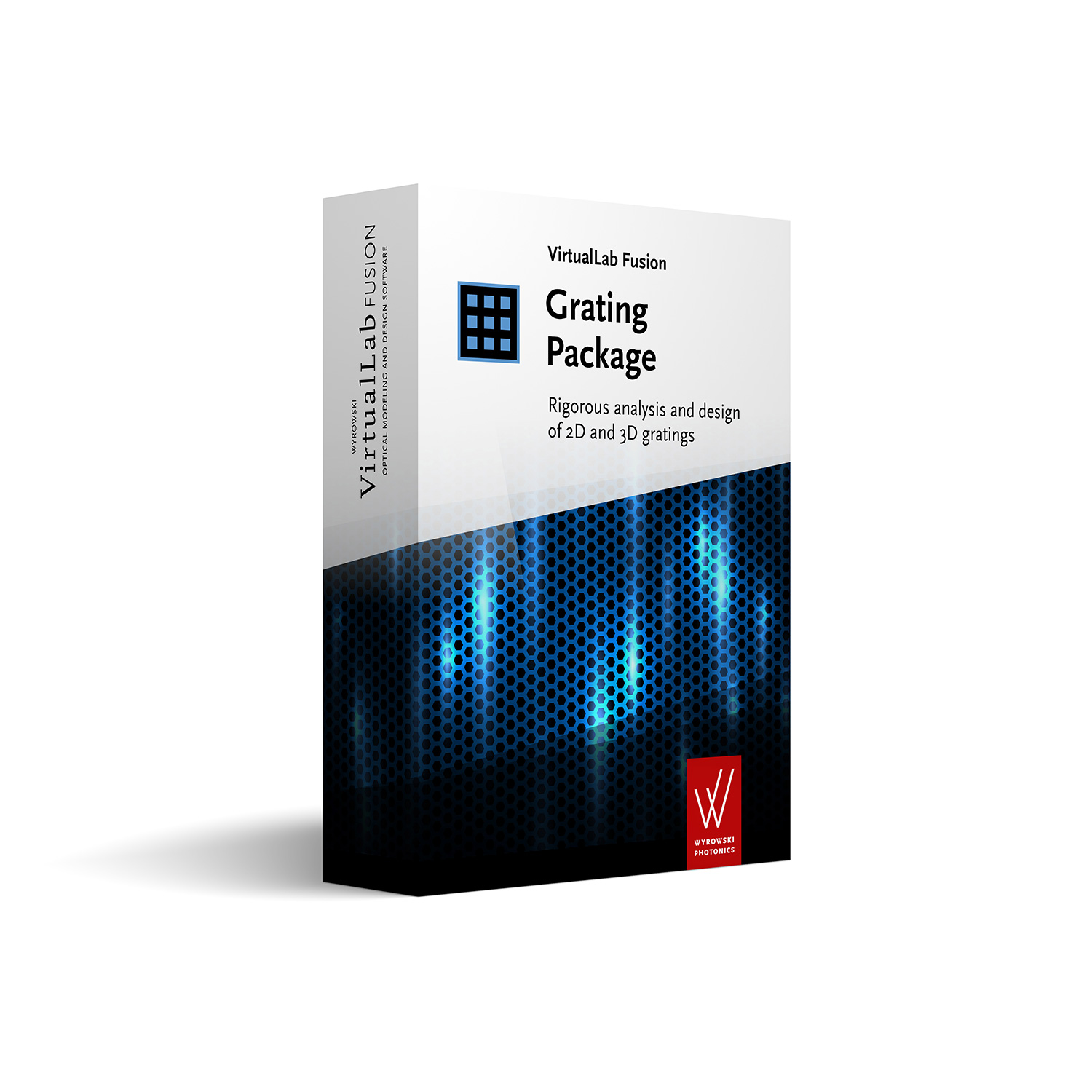
The Grating Package enhances VirtualLab Fusion with powerful tools for designing and analyzing diffraction gratings. It introduces the Fourier Modal Method (FMM) solver, also known as Rigorous Coupled-Wave Analysis (RCWA) – a full-vector solver for Maxwell’s equations that accurately models 1D and 2D periodic structures.
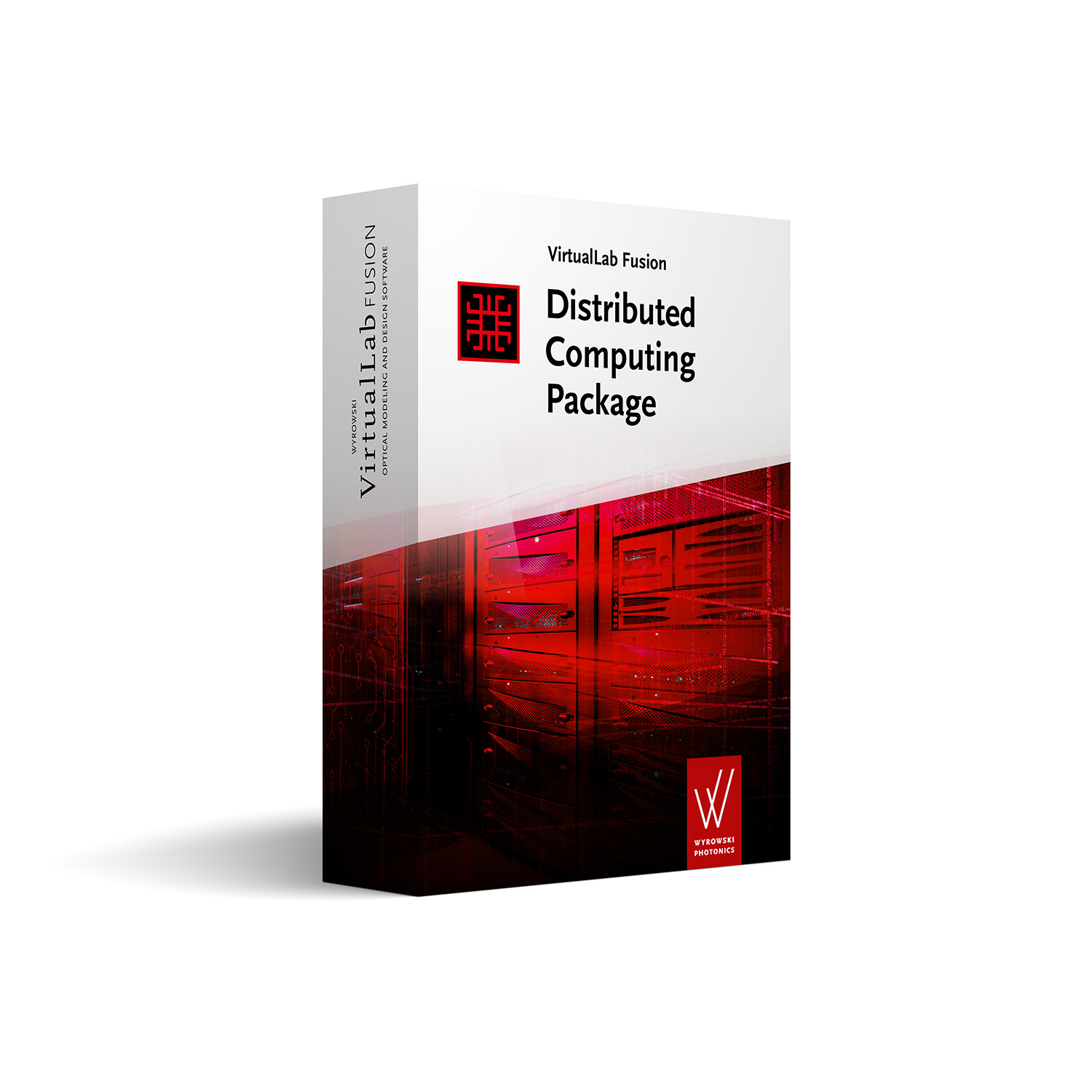
The Distributed Computing Package allows you to use network resources to speed up your simulations.

With this package added to your VirtualLab Fusion software, you gain the capability to design cell-based light-shaping elements that redirect light to create specific illumination patterns.
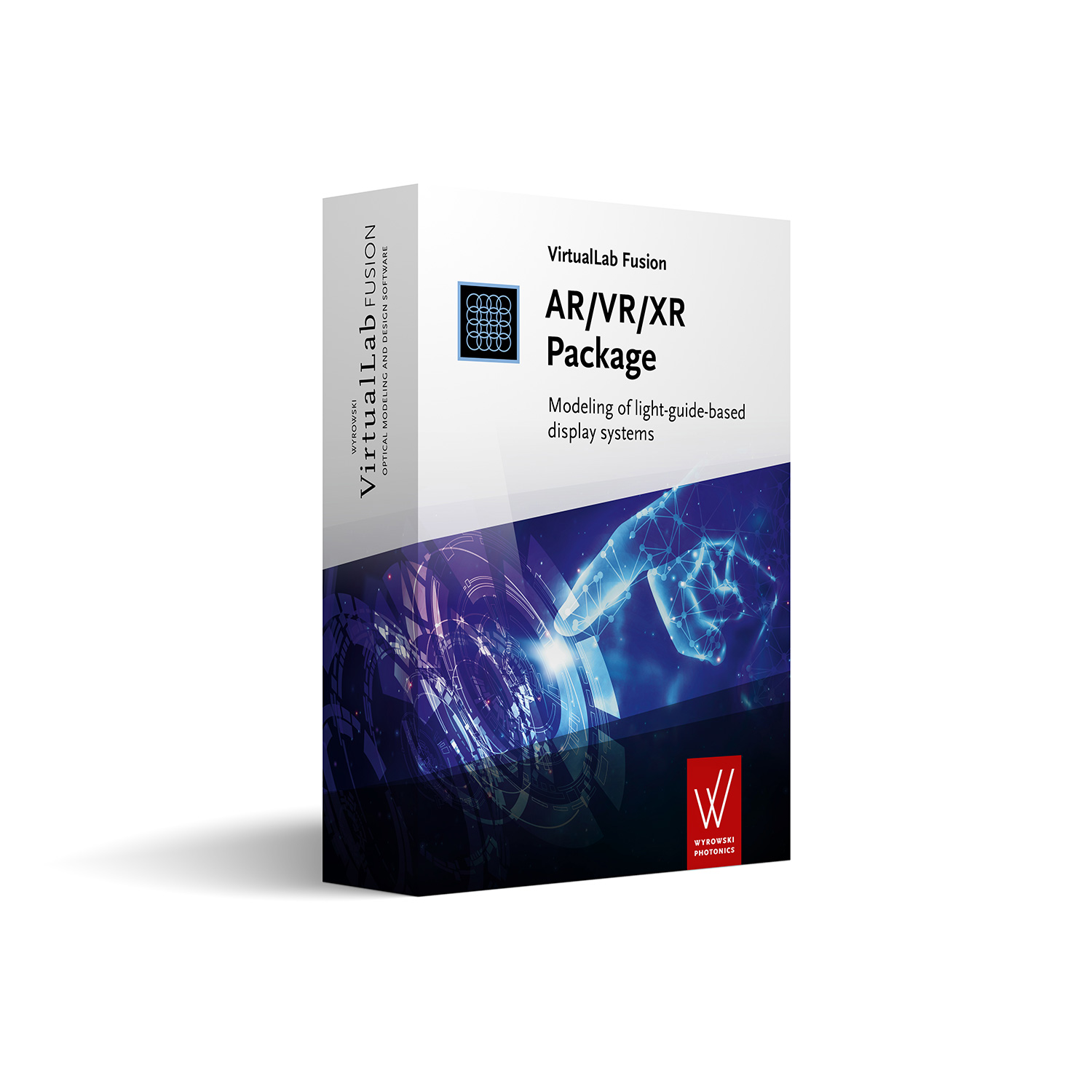
The AR/VR/XR Package in VirtualLab Fusion provides a comprehensive set of tools for designing and optimizing AR light guides.
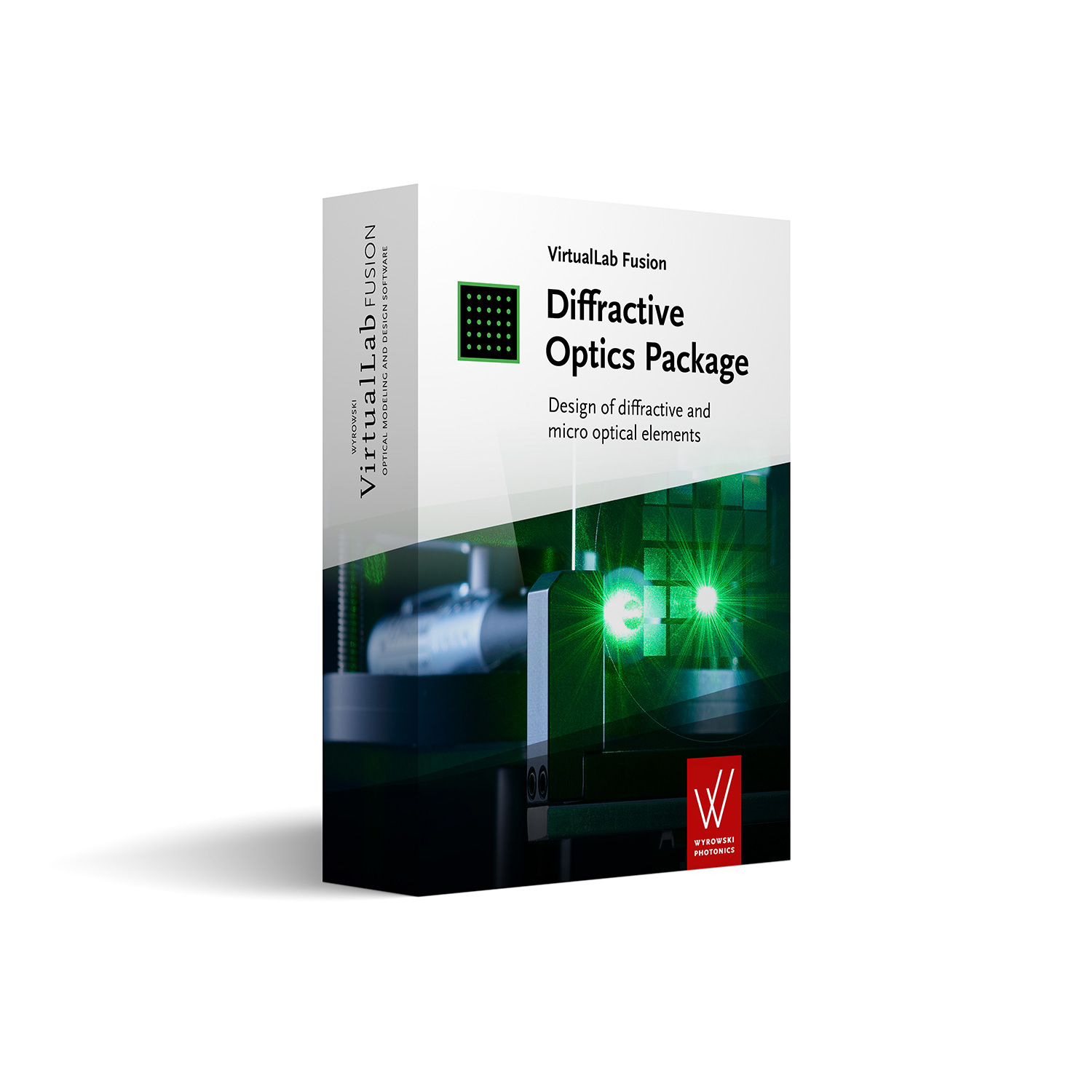
The Diffractive Optics Package extends VirtualLab Fusion with powerful tools for designing and simulating Diffractive Optical Elements (DOEs). It adds specialized session editors, interactive assistants, along with the Iterative Fourier Transform Algorithm (IFTA), a key method for DOE design.
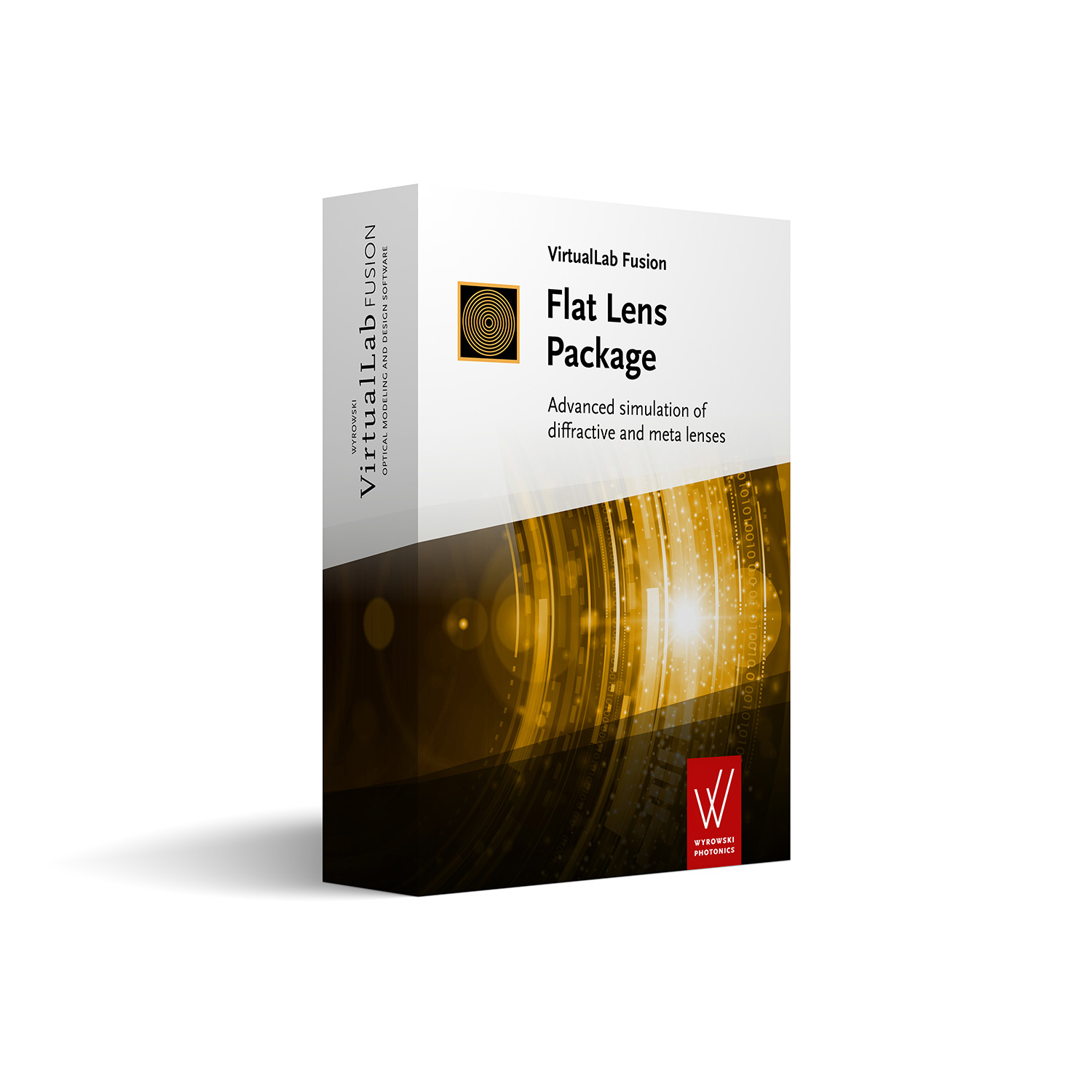
The Flat Lens Package provides advanced tools for simulating functional metasurfaces and diffractive optical elements within VirtualLab Fusion.
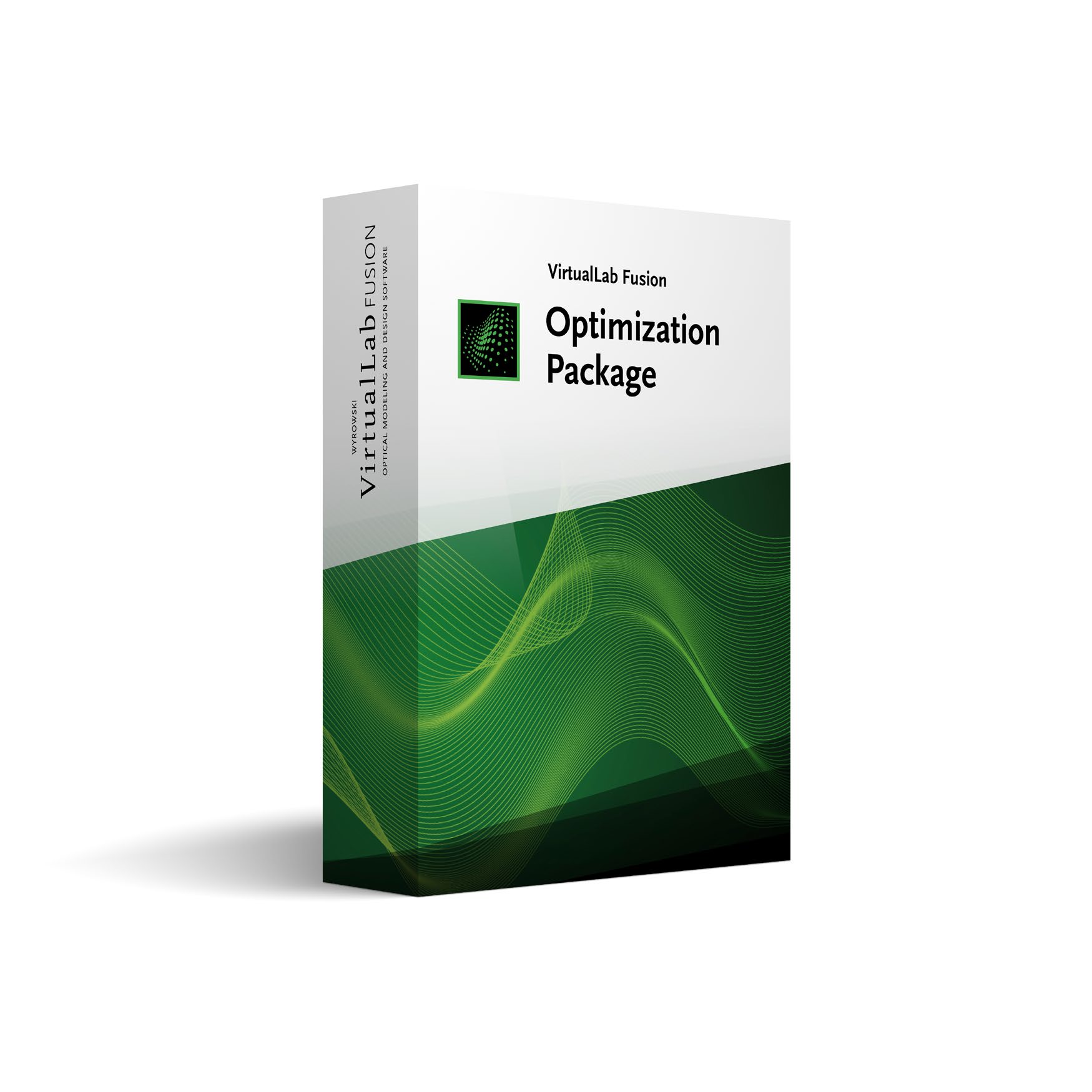
The intuitive and user-friendly interface will guide you through the optimization process and the powerful post-processing tools will enable you to understand the development of merit function values during the optimization process.
